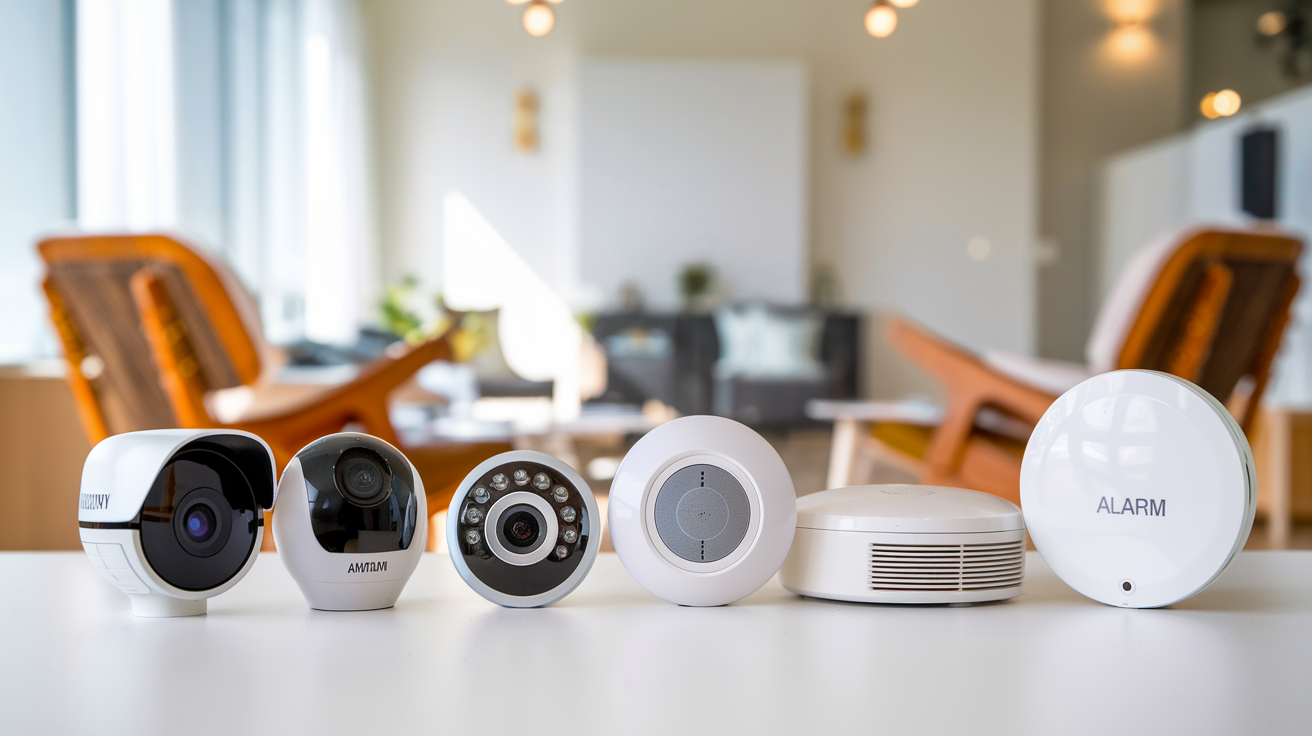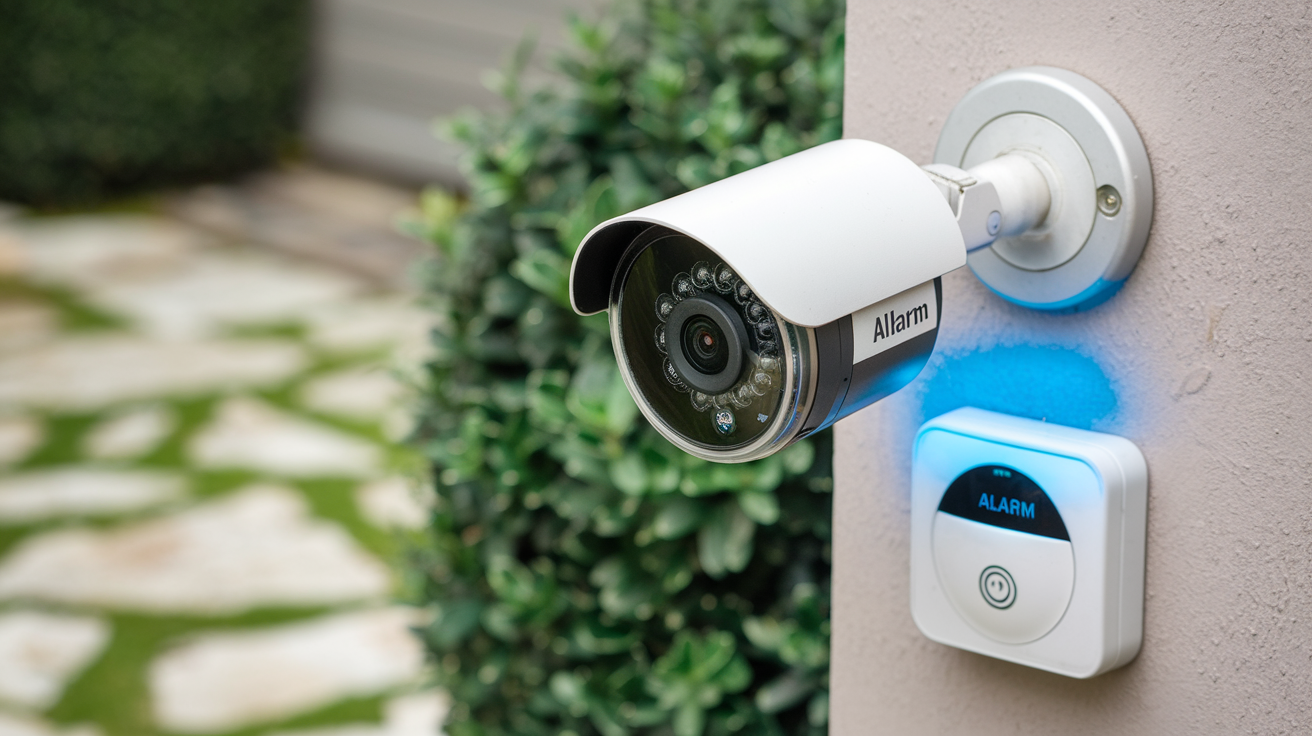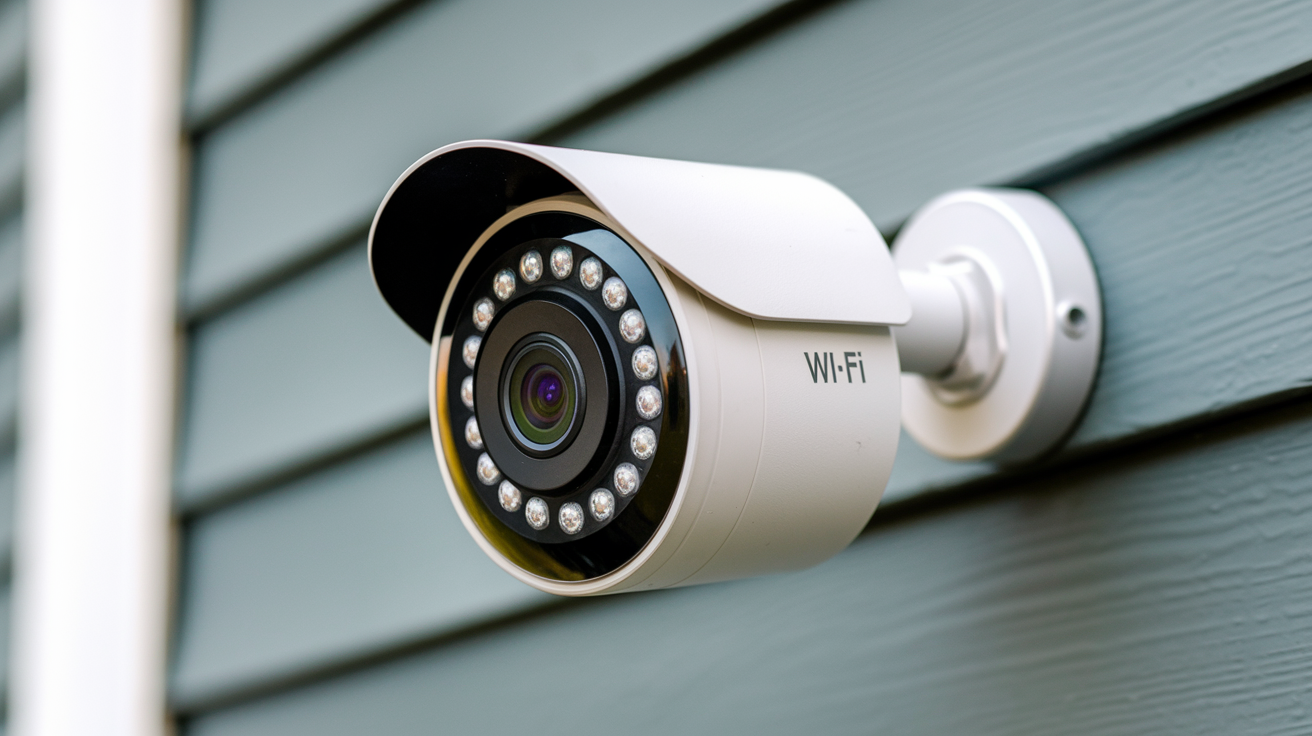Affordable, simple to install, and utilized remotely, blink cameras are among the finest Home Security System cameras available. Still, one of the most commonly requested issues by homeowners is if Blink cameras could record videos constantly, at any moment of the day and any day of the week. To directly address your question: Blink cameras do not record around-the-clock, 24/7. Still, several fixes enable you to record for a longer period:
What Are Blink Cameras?
Blink cameras are owned by Amazon and are a line of battery-powered security cameras. They record short videos when motion is sensed and stream those videos to the cloud for storage and access through the Blink Home Monitor app.
- Wireless and portable – Works on two AA lithium batteries, which gives up to two years of usage. They do not have to be wired because they can be installed in any location.
- HD video – record 1080p video quality during the day and night vision in darkness.
- Motion detection – This ensures that alerts and recordings only occur when a human figure is detected within the camera’s field of view to conserve battery power.
- Cloud storage – Rather than using the local hard drive on the camera to store clips, the clips are stored in the cloud. The time for storage varies from one day to two years depending on the type of subscription.
- Cheap – Camera kits can be bought for as low as $100 and there are no monthly costs involved. The basic cloud storage offering is a monthly subscription service that costs $3 per month.
Are Blink Cameras Always Recording?
Blink cameras do not have the option to record video all the time straight from the box. This is because both are cordless battery-operated devices designed for mobility and long periods of non-use or low usage rather than continuous recording and broadcasting.
However, Blink cameras do not constantly record videos but rely on motion detection and record only when something moves within the camera’s line of sight. It will record activity as long as movement is present and the clip length will be as set by the user in the application options (for instance, 10 or 60 seconds). When there is no motion for some time, the camera powers off to save energy but turns on when there is motion again.
In this case, they are left with no other way other than using the motion sensor to record continuously hence any time there is no movement the recording is also stopped. This means that activity can be missed and therefore Blink cameras are not as suitable for people who need round-the-clock coverage without any breaks.
Enabling 24/7 Recording Workarounds To clarify, Blink cameras do not have the native ability to record 24/7 video upon purchase, but there are some workarounds that Blink owners apply. Here are the most popular methods:
- Smart Home Triggers – This is where you can preset a smart home hub like Amazon Alexa or IFTTT to send a command to Blink camera to record at specific time intervals during the day. This in effect serves as a fake motion to extend the time that the camera is active. The settings should be adjusted to ensure that one clip records over the other to avoid any gaps.
- Wired Power - Blink also offers the Blink Mini cameras that are wired directly to a wall socket for power. This enables them to capture events that may take a long period without having to worry about the battery power. When connected to continuous electricity, the wired Blink cameras can record around the clock. Although they do lose their wireless portability advantage once cabled.
- Solar Charging Panel – If an aftermarket solar panel is installed close to the Blink camera during operating hours, it will constantly charge the batteries. This gives the renewable energy required to operate longer without the camera batteries being drained after several months. While at night, it would still face the challenge of battery power to continue recording for a longer period.
- Extra Motion Sensors – Having separate motion sensors to also record if there is activity increases the coverage of motion detection. When several motion detectors are placed in a certain area, putting adequate distances between them can make them trigger the camera almost continuously for round-the-clock video recording.
- Software Automation Triggers – There is a way to use API commands and third-party software to schedule Blink camera recording. This can be achieved through automated triggering which mimics movement in a way that it can almost compel 24/7 recording within schedule restraints. Does require technical expertise.
However, by now, Blink owners have discovered how to work around the system's technical battery constraints that otherwise disallow constant recording around the clock by default. Nevertheless, these solutions add their level of complication and expense for most people who would probably prefer to have constant recording integrated into their system without the need to do so.
Perhaps as new advancements are made in battery and cloud storage technologies in the future, new generations of Blink cameras can record 24/7 without interruption to provide homeowners with uninterrupted security and continuous coverage at night.
Protect your home today with ADT’s top-rated security solutions!
Call now at +1 877-470-7879 to get a free consultation and find out how you can secure your home with the best in the business. Don’t wait—ensure your peace of mind with ADT!





